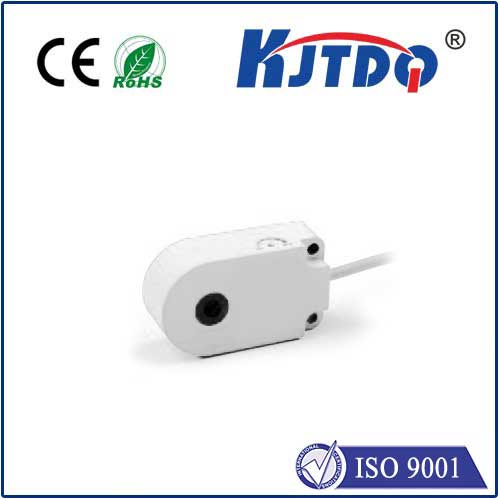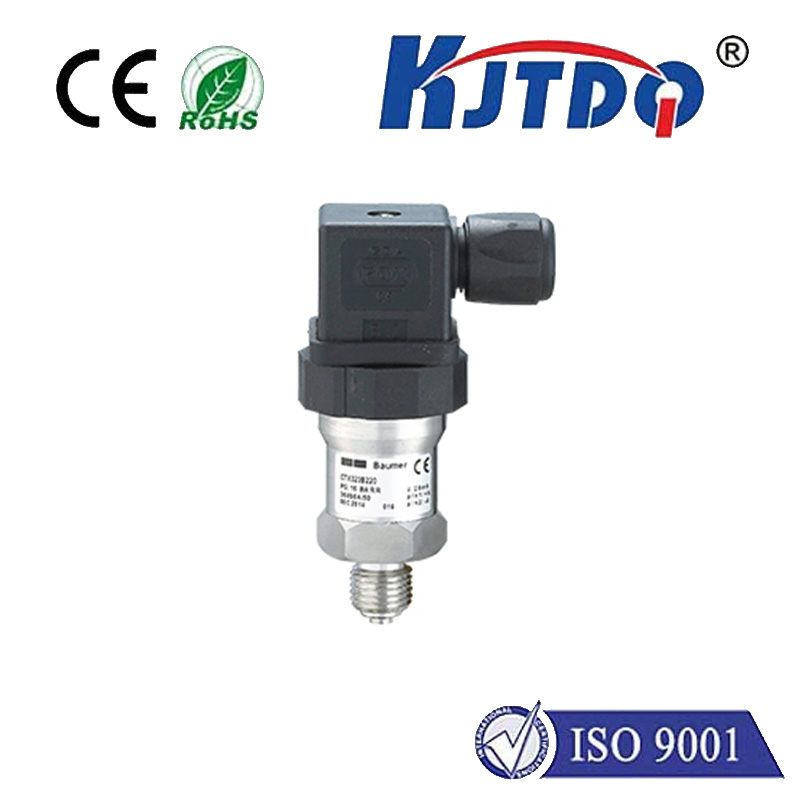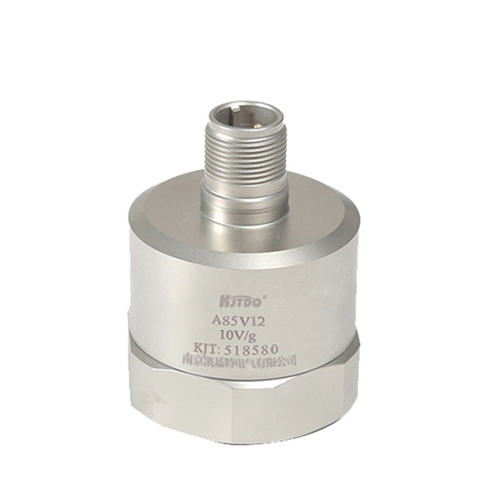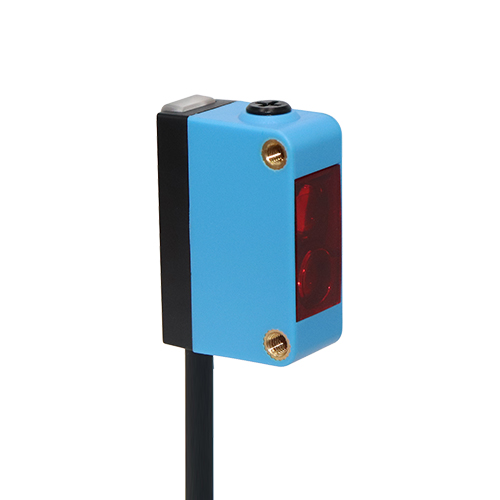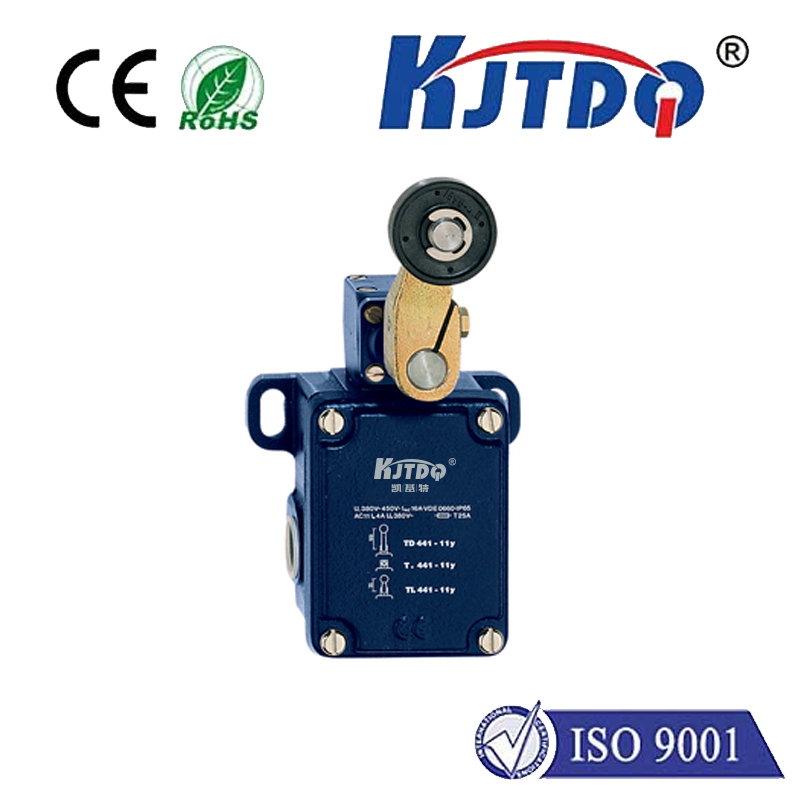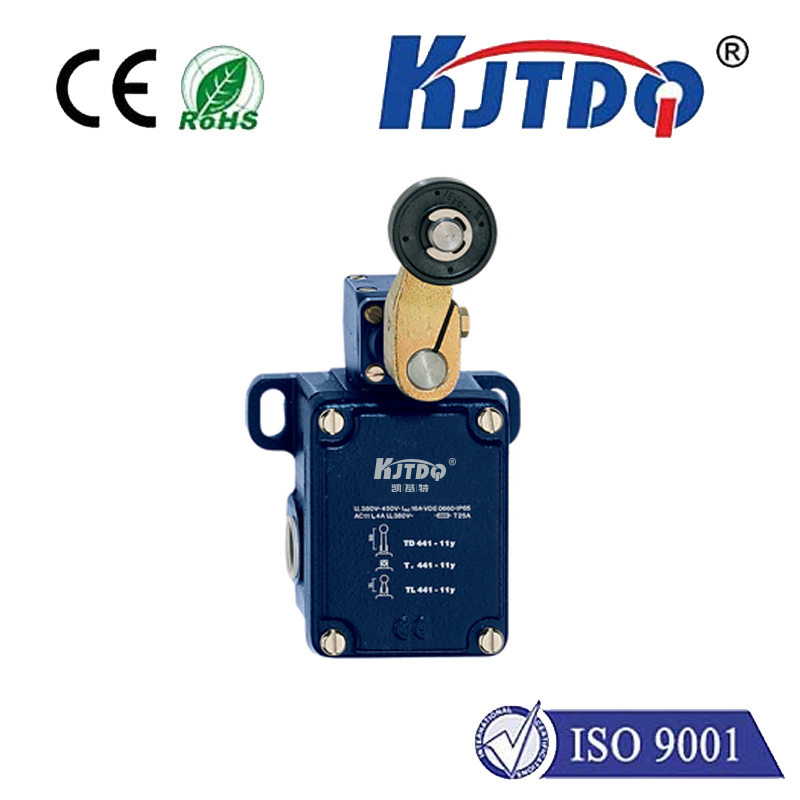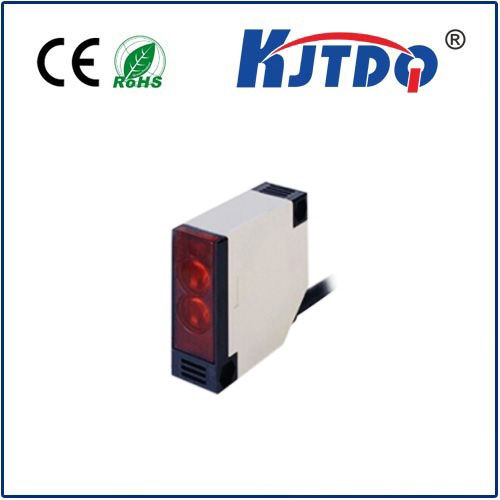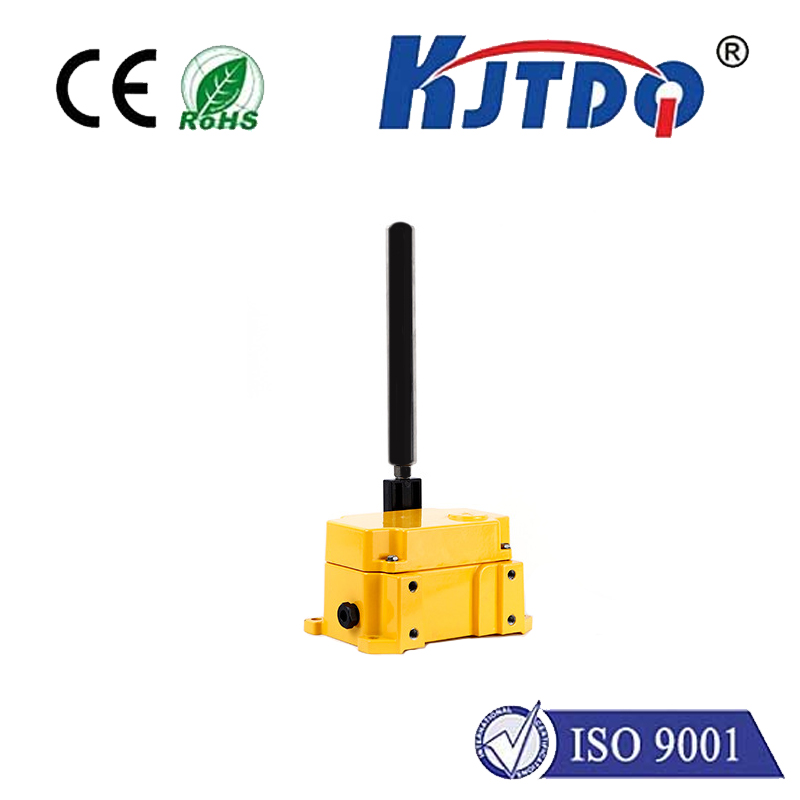Imagine a world where robots navigate flawlessly, smartphones snap photos with perfect focus, and smart homes adjust lights based on your movement—all made possible by a tiny sensor that measures distances with laser-like precision. This isn’t science fiction; it’s the reality brought by the VL53L0X distance sensor, a marvel of modern engineering that’s transforming industries from consumer electronics to industrial automation. As a cutting-edge Time-of-Flight (TOF) sensor developed by STMicroelectronics, the VL53L0X offers unparalleled accuracy in a compact package. Forget bulky, outdated methods; this sensor leverages light beams to detect distances up to 2 meters, revolutionizing how devices “see” their surroundings. In this article, we’ll dive deep into its inner workings, explore its diverse applications, and uncover why it’s becoming the go-to choice for innovators seeking reliable and efficient distance measurement.
Key Features and Specifications of the VL53L0X Sensor At its core, the VL53L0X stands out for its innovative design and robust performance. Unlike traditional infrared or ultrasonic sensors, which can suffer from interference and reduced accuracy, the VL53L0X employs laser-based TOF technology to calculate distances by measuring the time it takes for infrared light to bounce off objects and return. This results in high precision, with resolutions down to a few millimeters, even in varying environmental conditions. Weighing in at just a few grams and housed in a miniature package, it’s incredibly versatile for space-constrained projects. Another standout feature is its low power consumption—operating at under 10 milliwatts during use, it’s ideal for battery-powered devices like wearables or Internet of Things (IoT) gadgets. Plus, with an I2C interface, integrating it into systems is straightforward, requiring minimal wiring or complex coding. For instance, in robotics or drones, this sensor can provide real-time obstacle detection without draining resources, making it a cost-effective upgrade over legacy sensors.

How the VL53L0X Works: The TOF Advantage Understanding the functionality of the VL53L0X distance sensor reveals why it’s so reliable. Here’s a simplified breakdown: when activated, it emits a short pulse of infrared light. The sensor then measures the exact time—in nanoseconds—for that light to travel to the target and back. Using this time-of-flight principle, it calculates distance with extreme accuracy, unaffected by ambient light or surface reflectivity, which often plague other methods. This process involves internal algorithms that filter noise and adapt to changing scenarios, ensuring stable readings. For example, in applications like smartphone autofocus, this technology allows cameras to lock onto subjects instantly, even in dimly lit rooms. Compared to alternatives, such as ultrasonic sensors that rely on sound waves and can be thrown off by echoes, the VL53L0X’s optical approach delivers consistent, error-free data. This makes it not just a sensor but a smart solution for environments where precision is non-negotiable.
Diverse Applications Across Industries The VL53L0X distance sensor isn’t confined to niche uses; its adaptability fuels innovation in various sectors. In consumer electronics, it’s a game-changer for devices like smartphones and tablets. Think of how Apple’s lidar scanners enhance augmented reality experiences—similarly, the VL53L0X enables gesture control or proximity sensing, improving user interfaces without adding bulk. Moving to robotics and automation, robots use it for obstacle avoidance and navigation; autonomous drones rely on its quick response times to map terrain safely. In smart homes, this sensor powers systems that adjust lighting or security based on occupancy, promoting energy efficiency. For instance, integrating a VL53L0X into a thermostat can detect human presence to optimize heating, slashing costs by up to 20%. Industrial settings gain, too: assembly lines employ it for quality control, like verifying part placements with pinpoint accuracy. The beauty lies in its scalability—whether for hobbyist projects or large-scale manufacturing, it offers a plug-and-play solution that drives productivity.
Advantages, Limitations, and Practical Tips for Integration While the VL53L0X excels in many areas, it’s essential to weigh both its benefits and constraints for optimal results. On the plus side, its high immunity to environmental factors sets it apart; unlike capacitive sensors that struggle with dust or moisture, this TOF sensor performs reliably indoors and in controlled outdoor settings. Its compact size and low-cost production make it accessible for startups and DIY enthusiasts, often costing under $10 in bulk. However, it does have limitations: direct sunlight or highly reflective surfaces can sometimes cause minor inaccuracies, so calibration is advised for critical tasks. When integrating the VL53L0X, start with basic prototyping tools like Arduino or Raspberry Pi. Use software libraries available online to simplify coding, and ensure a clear line of sight between the sensor and targets to maximize accuracy. For broader adoption, combine it with complementary technologies, such as accelerometers, to enhance spatial awareness in complex systems. Ultimately, this sensor empowers users to innovate efficiently, pushing boundaries in a sensor-driven world.
The VL53L0X distance sensor embodies how microelectronics can solve big challenges, from enhancing everyday gadgets to advancing industrial automation. As technology evolves, it remains a cornerstone for developers seeking precision and reliability in distance measurement, poised to shape the next wave of smart innovations.
